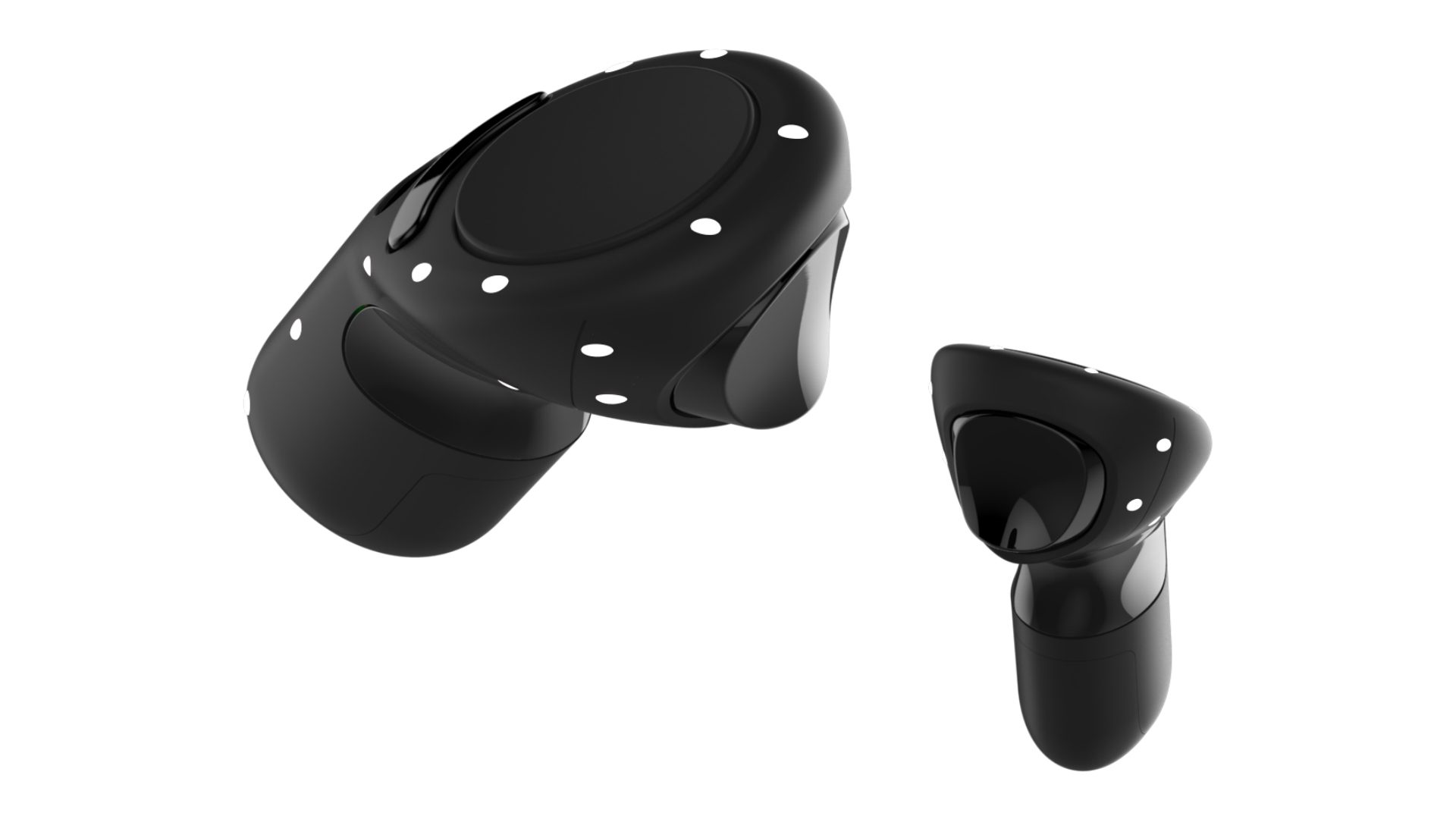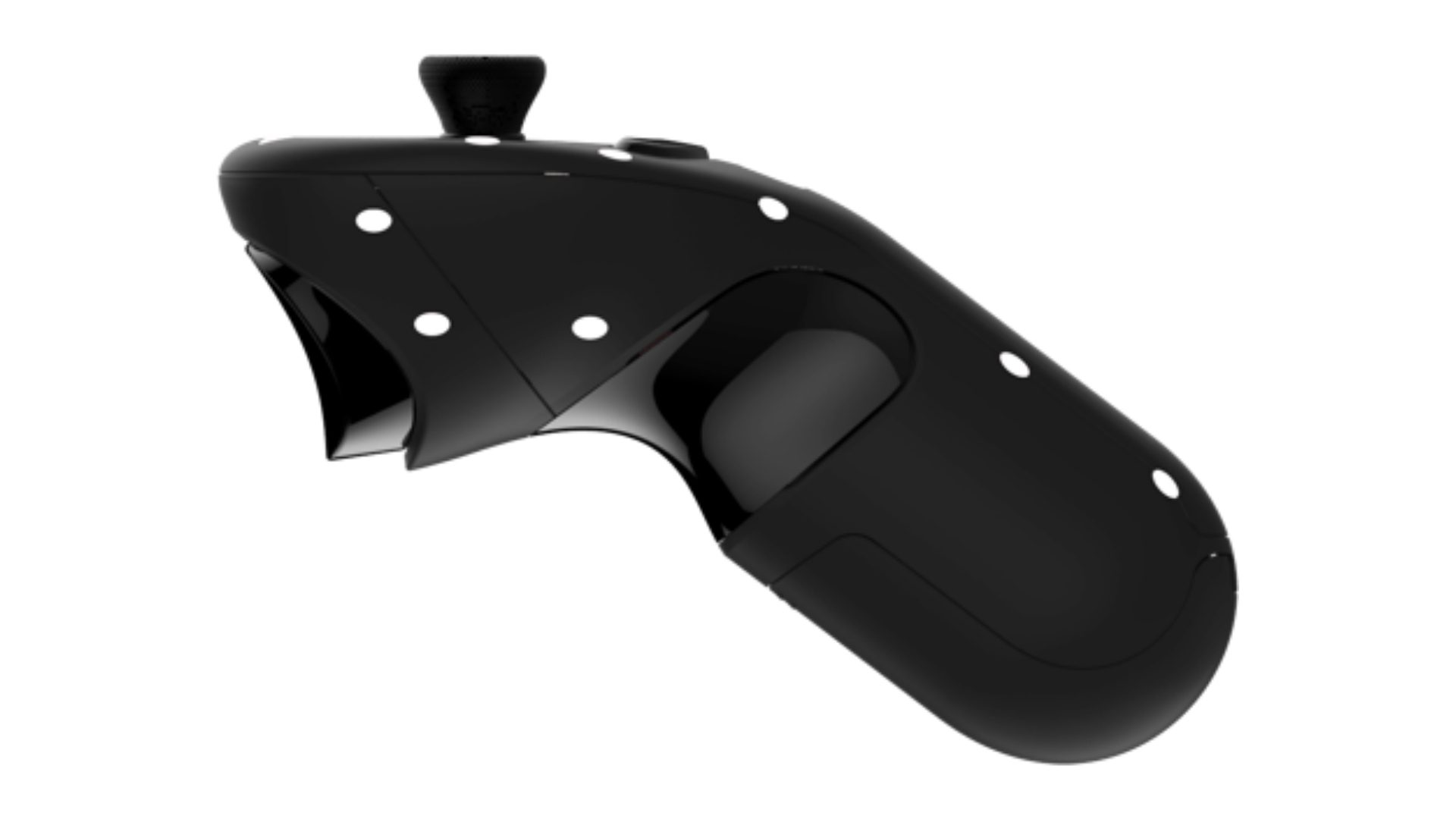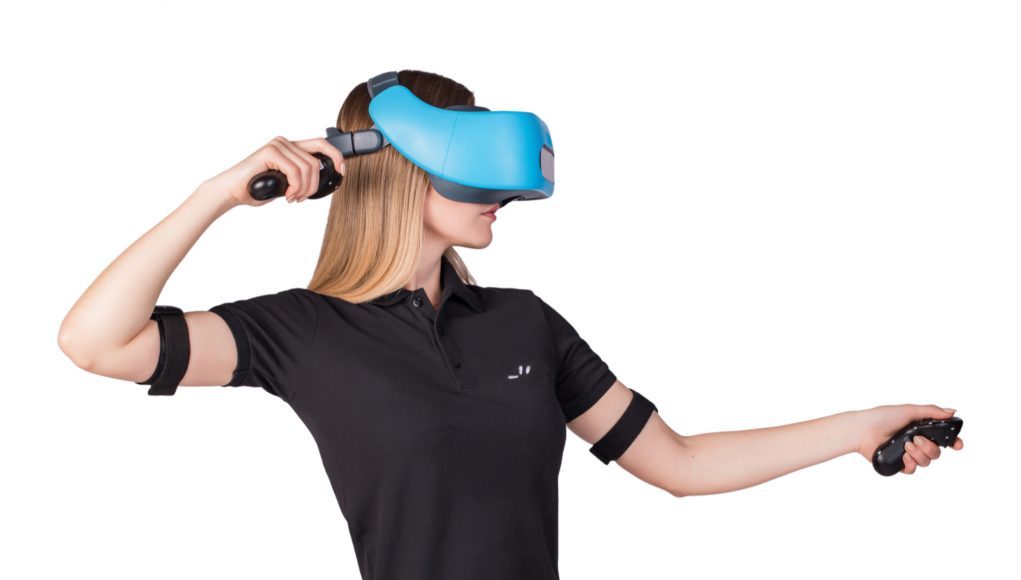Mobile VR motion controller manufacturer Finch Technologies today announced it’s working with Qualcomm and HTC to deliver its six degrees of freedom (6DOF) FinchShift controllers to a multitude of devices supporting Vive Wave.
Back in November 2018, HTC revealed that 15 hardware manufacturers had already adopted Vive Wave, the company’s open platform offering interoperability between several classes of mobile VR headsets and accessories—including HTC’s standalone VR headset Vive Focus.
An upcoming Vive Wave SDK release is said to include support for FinchShift, which will bring support for the controllers to a “wide range of devices and headsets and work with both iOS and Android operating systems,” Finch says in a press statement.

Qualcomm is also confirming FinchShift compatibility with its Snapdragon 845 VRDK, a standalone VR headset reference design that gained Vive Wave support shortly after it was revealed early last year. As Qualcomm’s latest VRDK, the headset essentially gives prospective manufactures a basis for creating their own headsets, and of course turn-key access to HTC’s mobile version of its Viveport app store.
FinchShift is a mobile 6DOF controller that lets users engage in room-scale experiences without the need of basestations or external sensors of any kind. A pair of FinchTracker armbands come along with the kit, providing additional points of tracking data.
Unlike other motion controllers, which can rely on IR cameras or even ultrasonics to provide positional tracking, positional data is inferred from the system’s inertial measurement unit (IMU) sensors—something akin to what you might find in a 3DOF controller that ships with Oculus Go or Mirage Solo. Although Finch’s own sensor fusion algorithms and inverse kinematics are said to create a 6DOF experience that can track both parts of your body and hands naturally.

The controller and armband are said to offer up to 18 hours of active use and weigh less than 3.6 ounces for the controller, and less than 1.9 ounces for the armband.
The company is releasing their FinchShift controllers (available in touchpad or thumbstick varieties) and FinchTracker armbands via a developer kit directly through the company’s website; shipping is expected to begin this month. The entire kit and SDK costs $250, although the company is providing discounts on bulk purchases.
We haven’t had a chance to try out FinchShift yet, although the company will be at CES 2019, taking place January 8-12 in Las Vegas. We’ll have feet on the ground at CES this year, so check back soon for more coverage on all things AR/VR debuting at one of the world’s largest consumer electronics show.






